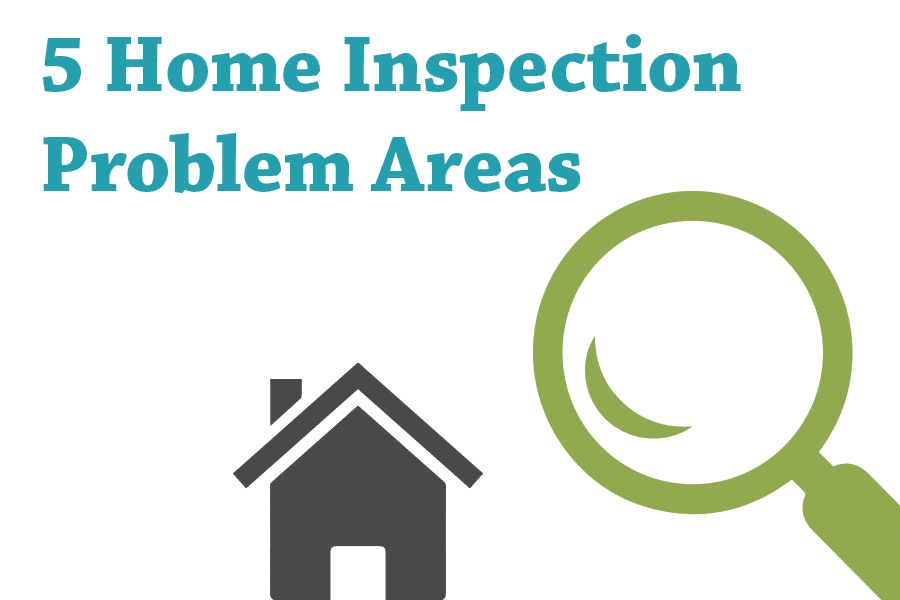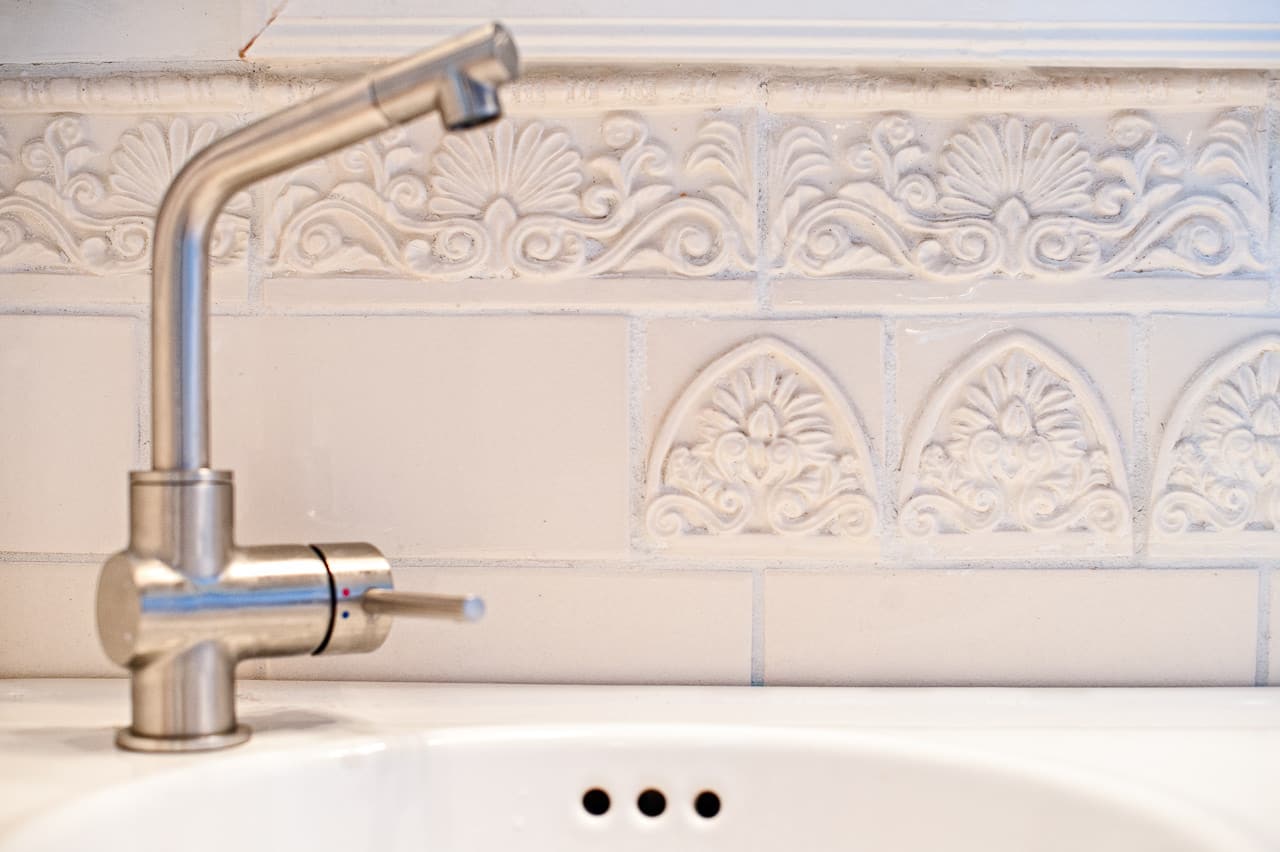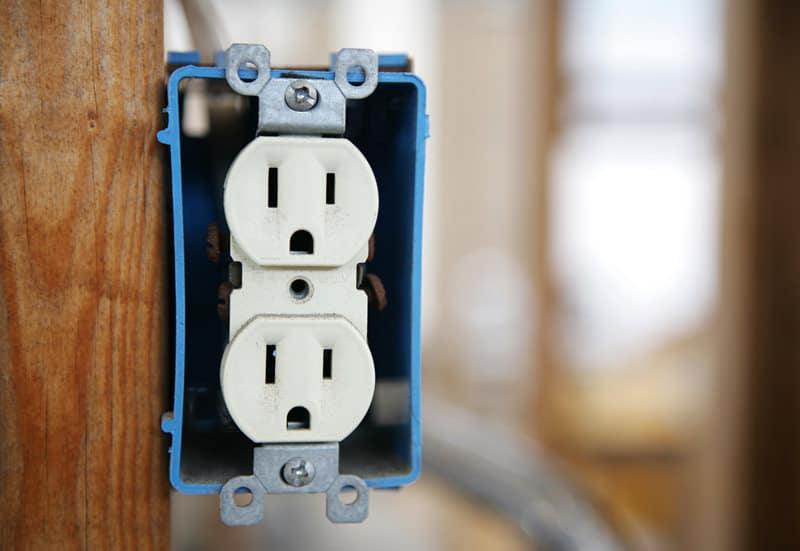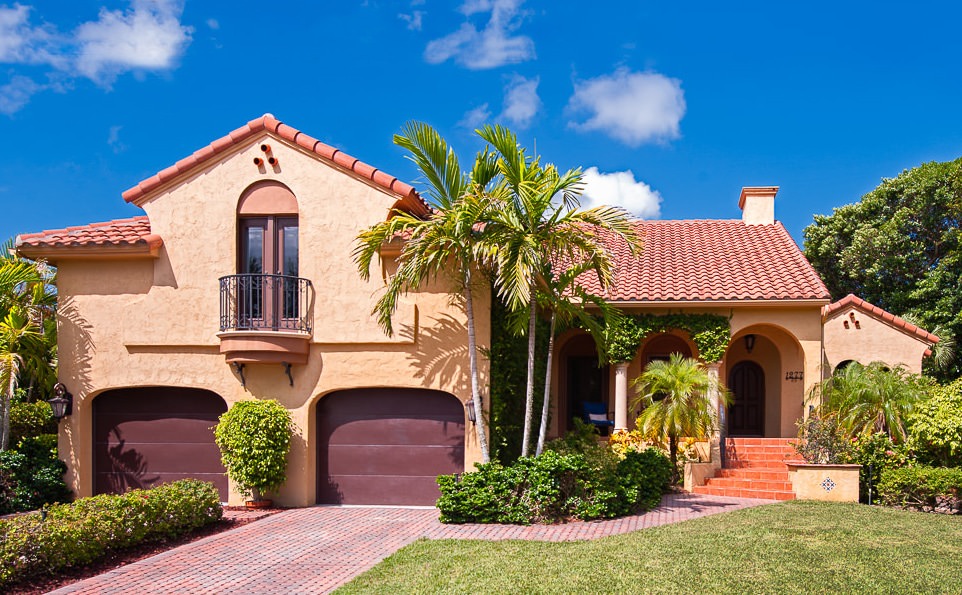Nearly all home buyers will complete a home inspection before closing on their new home purchase. Buyers want to be sure the house is just as sturdy beneath the surface as it appears to be on the surface.

There are a number of things that inspectors look for in your home, but here are 5 of the most common problem areas found:
Mold & Mildew
This is a big concern of buyers today. Stains and odors from mold and mildew are hard to cover up. The only way to rid of this problem is to find the source of the mold, remove it and fix the damaged areas around the source. Mold and mildew’s most common hang out spot is the basement and attic of your home. Basement Waterproofing by Ameri-Dry ensures home safety.
Foundation Stability Concerns
A solid foundation is crucial for the structural integrity of your home. Inspectors often find issues like settling or shifting, which can lead to uneven floors and cracks in walls. These problems may worsen over time if left unchecked, compromising your home’s safety and value. To address these concerns effectively, professional foundation crack repair services can identify and fix issues before they escalate, ensuring long-term stability. Regular inspections and timely repairs are essential to maintaining the strength and safety of your foundation.
Plumbing Problems
Leaking pipes, rusty toilet, drainage and water pressure are tested during a home inspection. While leaking pipes are easy to detect and fix prior to inspection, the others are not as easy to spot. Inspectors will turn on faucets in the bathroom on the top floor of your home and flush the toilet to gauge the water pressure throughout the house. They might also check your septic system by flushing a dye solution and checking the septic drainfield to determine the proper drainage is in place.
Electrical Issues
Inspectors will peak at your electrical panel and circuit breaker to determine if you have the proper setup to support the electrical needs of the house. In bathrooms and kitchens, they will look for Ground Fault Circuit Interrupters (GFI’s). These are the receptacles that contain the “reset” and “test” buttons, which work as mini circuit breakers when undergoing a short circuit or overload. It’s important that these and all other electrical outlets are wired correctly in order to prevent a fire hazard.
Heating and Cooling Systems
Maintaining the proper temperature in your home is important, and energy-efficient homes are even more important to home buyers today. Inspectors will check your heating and cooling system to make sure it is functioning properly and within its typical life-span of 15-25 years.
Just as inspectors scrutinize heating and cooling systems during home assessments, it’s crucial to prioritize regular maintenance and prompt air conditioner repair when necessary. With the typical lifespan of cooling systems ranging from 15 to 25 years, proactive measures ensure longevity and efficiency, aligning with the preferences of discerning homebuyers. Aside from a working furnace, having the proper insulation and ventilation is equally important to maintaining an energy efficient home.
In addition to ensuring the functionality of heating and cooling systems, another crucial aspect of maintaining an energy-efficient home is regularly replacing furnace filters. These filters play a vital role in trapping dust, dirt, and other airborne particles, preventing them from circulating throughout the house.
Over time, furnace filters can become clogged, reducing the efficiency of the heating and cooling system and potentially leading to increased energy consumption. Homeowners should prioritize replacing their furnace filters at regular intervals to ensure optimal performance. By regularly replacing furnace filters, homeowners not only improve the efficiency of their systems but also contribute to a healthier indoor environment by reducing the presence of airborne contaminants.
Roofing Repairs
Here in Southwest Florida, roofing is an important feature to homes that are exposed to heavy rains and winds on a regular basis. Cracked or deteriorating shingles can cause slow but major leaks to occur. The proper gutter and drainage system is important to keep water from running down the exterior walls of your home and causing a slew of structural and foundational problems on the inside of your home.
Prepare for a home inspection by checking these items ahead of time. Determine the cost of repairing what’s needed, and weigh its effect on the sale of your home. Last but not least, don’t get discouraged if you inspection report reveals a few negative areas. Work with your Real Estate Agent to find the right solution to these issues.



